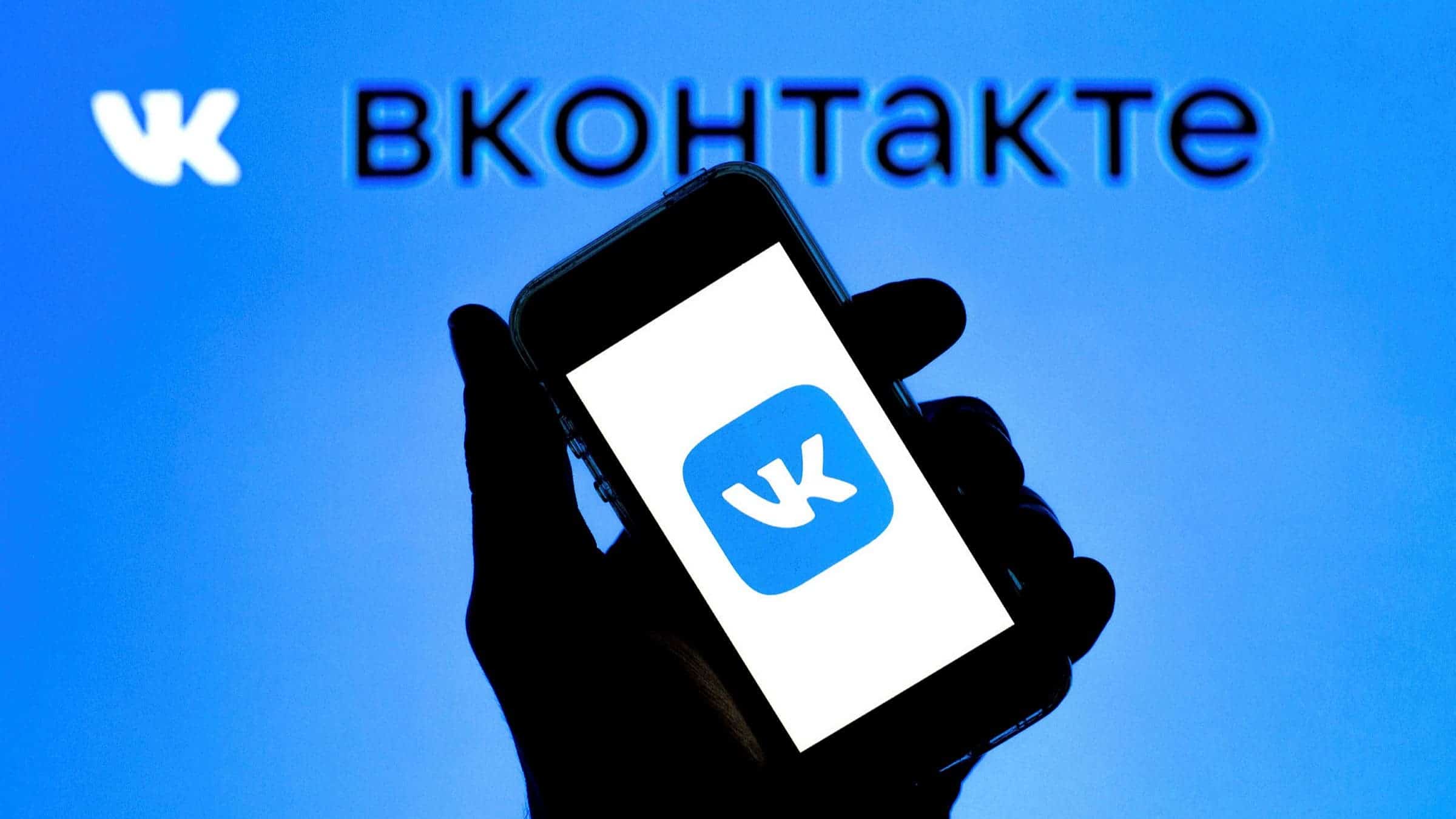Telegram, founded by Russian entrepreneur Pavel Durov, has become one of the most extraordinary success stories in modern technology. The company is now valued at around $30 billion, boasts more than one billion active users, and operates with a shockingly small team of just 30 people. This remarkable efficiency showcases how a lean structure and uncompromising focus on privacy can rival even the largest tech giants.

A billion users, 30 people, and full independence
When Durov announced that Telegram had crossed one billion active users, many were stunned to learn that the app is maintained by only a few dozen employees. Unlike most tech firms that rely on massive departments and layers of management, Telegram thrives on minimalism. Its team works remotely, using automation, cloud infrastructure, and a culture of autonomy to keep the platform running seamlessly.
This approach makes Telegram fast, flexible, and cost-effective. Updates roll out quickly, decisions happen instantly, and resources are spent on innovation rather than bureaucracy. It’s a model that proves great technology doesn’t always need massive headcounts — just sharp minds and a clear vision.
A simple but effective business model
For years, Telegram operated without any monetization. It rejected ads, refused to sell user data, and focused entirely on growth and trust. That changed in 2022, when Telegram introduced Telegram Premium — a subscription plan offering exclusive features such as higher upload limits, faster downloads, and advanced customization tools.
The model worked perfectly. The app remained free for everyone, but the paid tier attracted millions of loyal users who wanted more power and personalization. Today, Telegram earns hundreds of millions of dollars annually through subscriptions, advertising on public channels, and crypto-linked ventures — all while keeping its promise of user privacy.
To sustain expansion, Telegram has raised funds through bonds rather than traditional equity, allowing it to grow without sacrificing independence. Despite investor interest and a possible IPO on the horizon, Durov remains committed to keeping Telegram’s core mission untouched.

The power of privacy and performance
Telegram’s origin story is rooted in Durov’s exit from VKontakte, Russia’s largest social network, following government pressure. Determined to create a secure communication platform, he launched Telegram in 2013 with a focus on privacy, freedom, and encryption.
The app’s proprietary MTProto protocol allows messages to remain fast and secure even under poor network conditions. This resilience made Telegram the go-to choice in regions with strict censorship or unreliable internet. Over time, it became more than a messaging app — it evolved into a hub for communities, creators, and businesses worldwide.
Durov proudly noted in a recent post, “Telegram now has significantly over one billion monthly active users, becoming the second most popular messaging app in the world, excluding WeChat.”
A $30 billion empire of efficiency
As of late 2025, Telegram’s valuation stands between $30 and $40 billion. The company achieved profitability in 2024, generating over $1 billion in annual revenue. Its blockchain initiative, The Open Platform (TOP), has also reached a valuation of $1 billion, highlighting Telegram’s growing influence beyond messaging.

What makes this success story even more remarkable is its scale. Thirty employees manage a billion-user platform, something unheard of in modern corporate structures. Telegram’s reliance on advanced automation, lightweight management, and mission-driven efficiency has redefined how global tech companies can operate.
The future of Telegram
An IPO may be on the cards, but for now, Telegram remains focused on sustainable growth and maintaining user trust. With a privacy-first ethos, loyal community, and profitable structure, it stands as a modern example of how technology and minimalism can coexist at scale.
Follow You Finance on Instagram and Facebook for more insights into global business, startups, and the visionary leaders shaping the future of technology.














